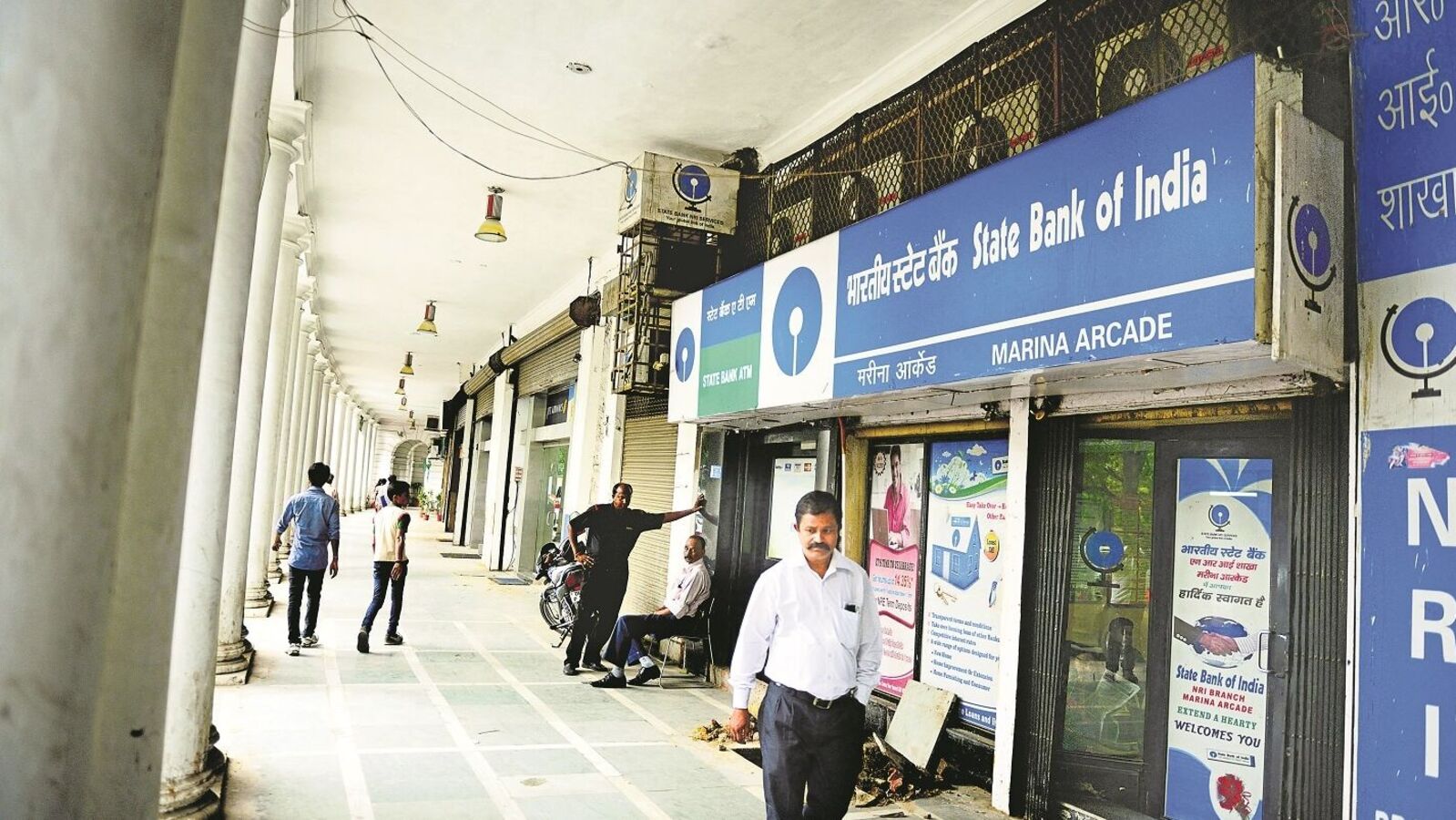State Bank of India (SBI) has revised its marginal cost of funds based lending rate (MCLR) with effect from October 15, 2024. The interest rates across all other tenures remain the same, however, MCLR for one-month tenor has been slashed from 8.45 to 8.20 per cent.
Interest rate for overnight tenure stands at 8.20 percent per annum. Interest rate for a three-month tenure is 8.5 percent. On a six-month tenure, the MCLR continues to be 8.85 percent. For one-year tenure, MCLR remains the same at 8.95 percent. The two-year MCLR would be 9.05 percent after the revision of rates. Three year MCLR rates would be 9.10 percent after the rate revision.
It is worth noting that HDFC Bank, in September, had raised its MCLR for 3-month tenure. Meanwhile, RBI’s monetary policy committee (MPC) on Oct 9 kept the benchmark repo rate unchanged at 6.5 percent for the tenth consecutive meeting.
The banking regulator is likely to cut repo rate in the next meeting, scheduled in December, which would set the ball rolling for a lower interest rate cycle.
For the uninitiated, marginal cost of funds based Lending Rate is the minimum lending rate below which a bank is not permitted to lend. MCLR replaced the earlier base rate system to determine the lending rates for commercial banks. RBI implemented MCLR on 1 April 2016 to determine rates of interest for loans.
What is MCLR?
In 2016, the Reserve Bank of India (RBI) replaced the base rate system with the MCLR based lending rates. However, those borrowers who had taken loans before 2016 are still governed by the base rate or benchmark prime lending rates (BPLR) as the case may be. The BPLR was introduced in 2003 before being phased out in 2010 by the base rate.
The current interest rate regime is dictated by the MCLR which – as mentioned above – was rolled out in April 2016.
When MCLR rates are raised, your loan EMIs also go up. Since MCLR rates are more dynamic, any change in these rates lead to tweaks in the interest rates, thus impacting the loan EMIs.
